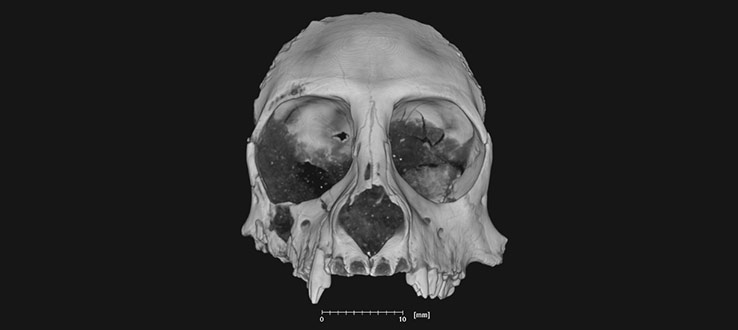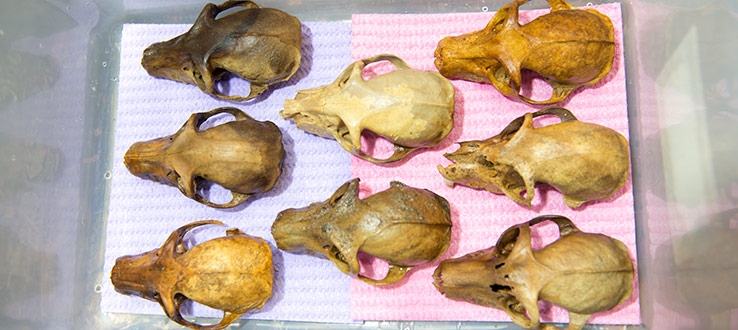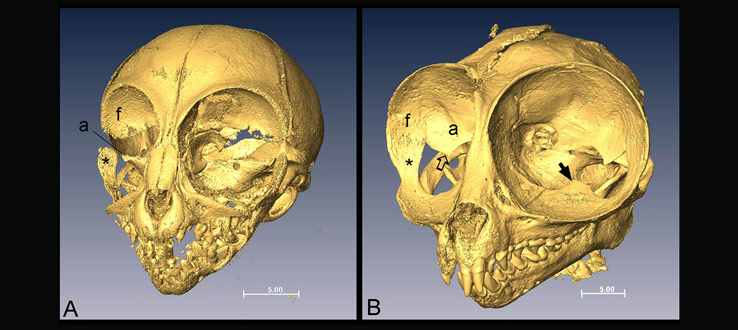Research Interests
Alfred Rosenberger's research interests weave together questions about the phylogenetic history and adaptations of primates, living and extinct, working mostly with skulls and teeth as evidence. The New World monkeys of South and Central America, and the origins of anthropoid primates—the group that includes monkeys, apes, and humans—have always been a special focus. In recent years Rosenberger has concentrated on the comparative morphology of tarsiers, working with Drs. Tim Smith and Valerie DeLeon, experts in growth and development, 3D imaging, and digital anatomical dissection. Their aim is to better understand how primate skulls are put together functionally and developmentally; how their designs relate to very specialized adaptations, like the tarsier's enormous eyes; and how they use such information to piece together evolutionary history. He has also begun a major initiative in Madagascar with Drs. Laurie Godfrey, Kathleen Muldoon, Stephen Burns, scientists and students at the University of Antananarivo, and a team of scuba divers led by underwater explorers Phillip Lehman and Ryan Dart. This team has discovered the largest cache of extinct giant subfossil lemurs and many other extinct vertebrates, in Tsimanampesotse National Park. The sites span the prehistoric period as well as the present, which means they can provide information about the causes for the extraordinarily high levels of extinction that decimated Madagascar's native animals in a few thousands of years. They are partnering and fundraising with a nonprofit, Lemur Love, to promote community-based conservation in and around Tsimanampesotse.









